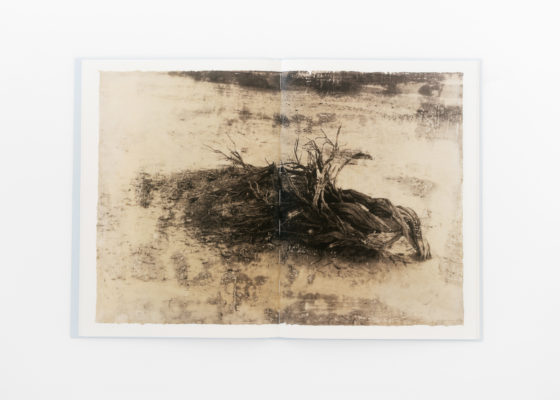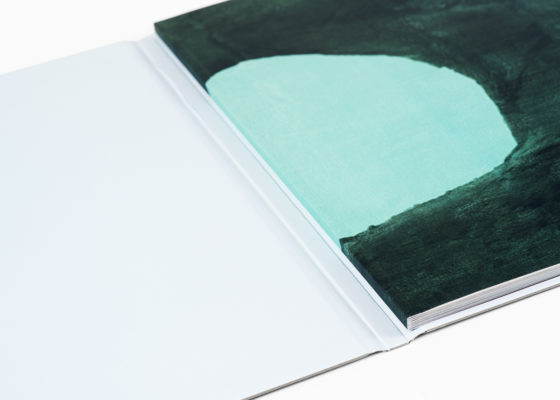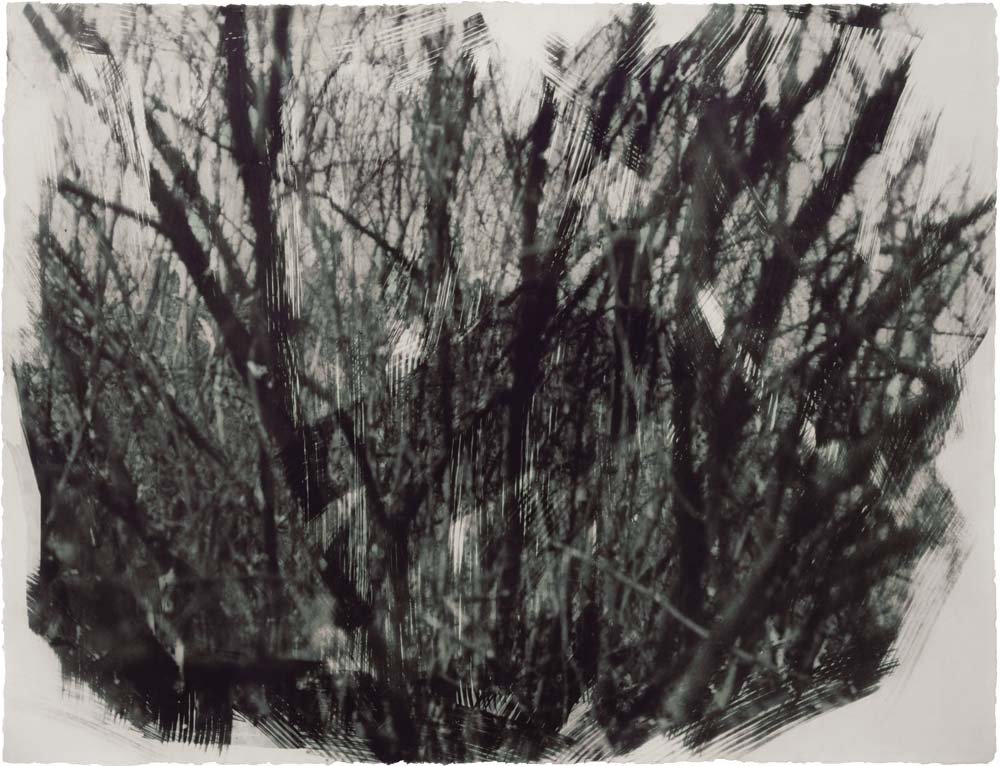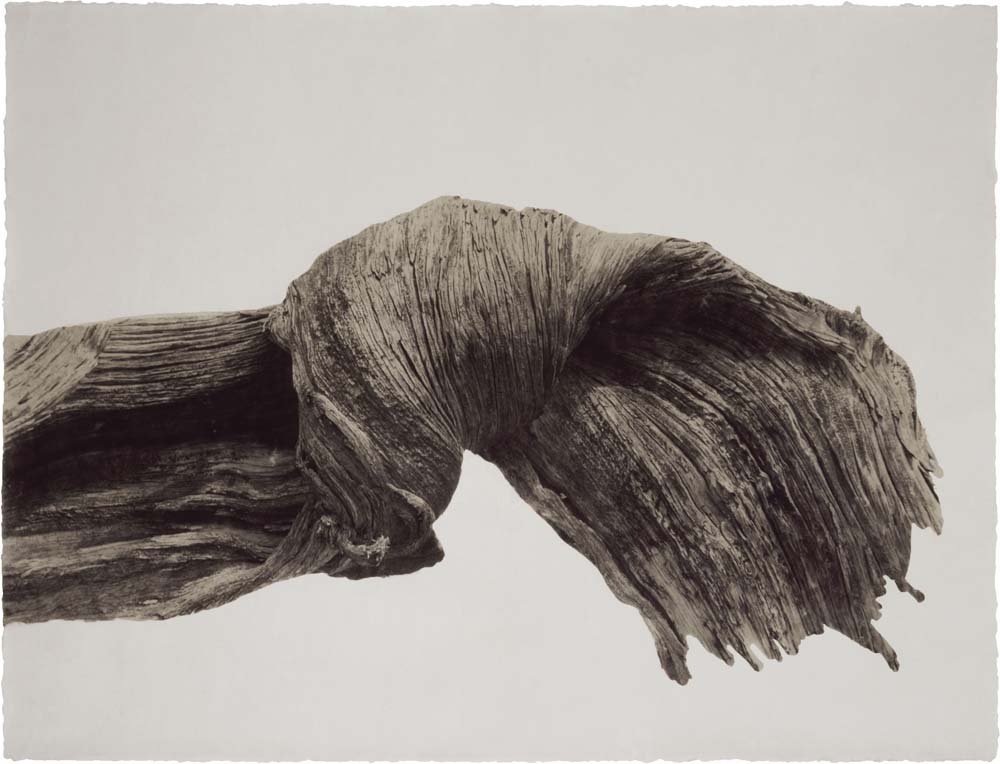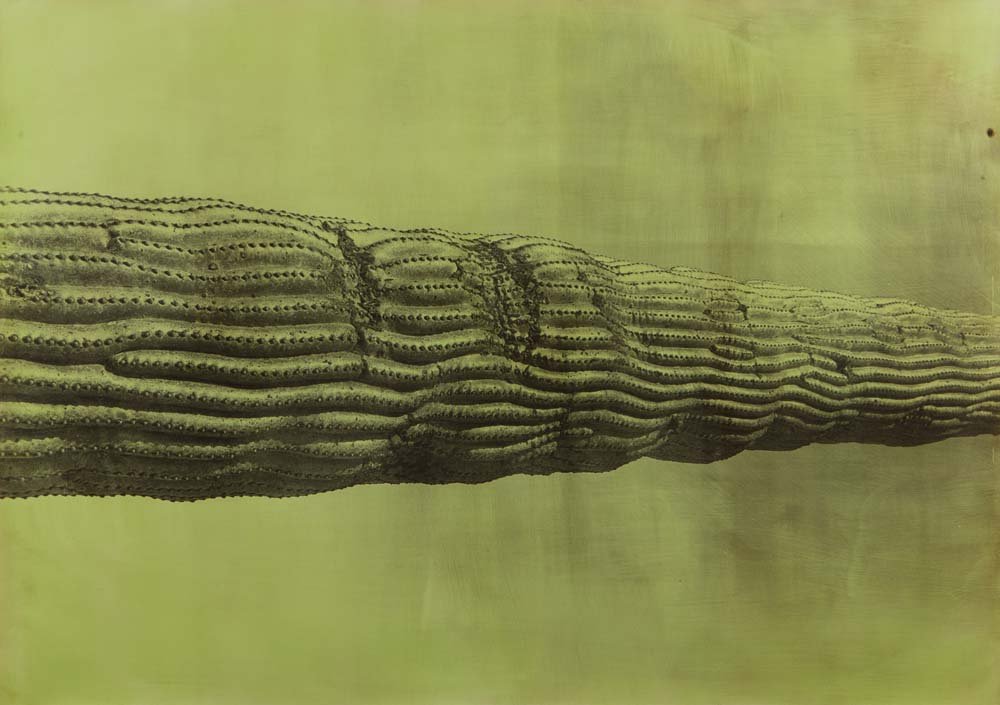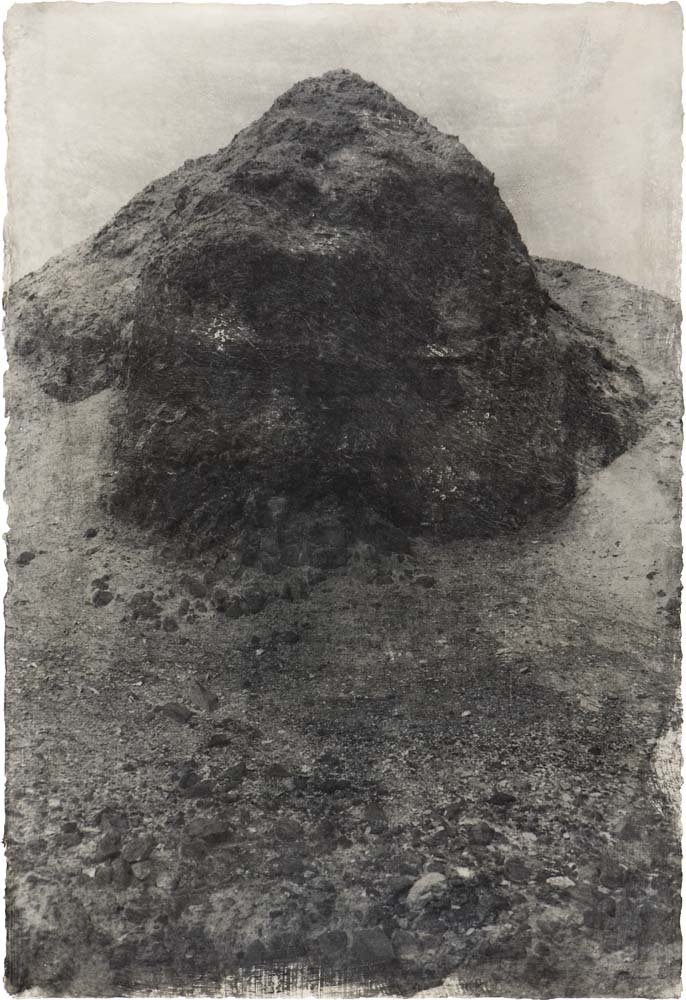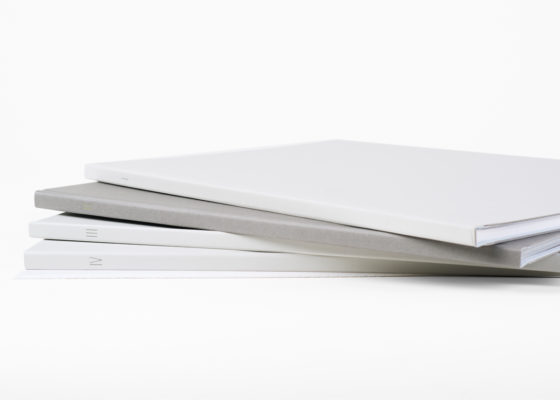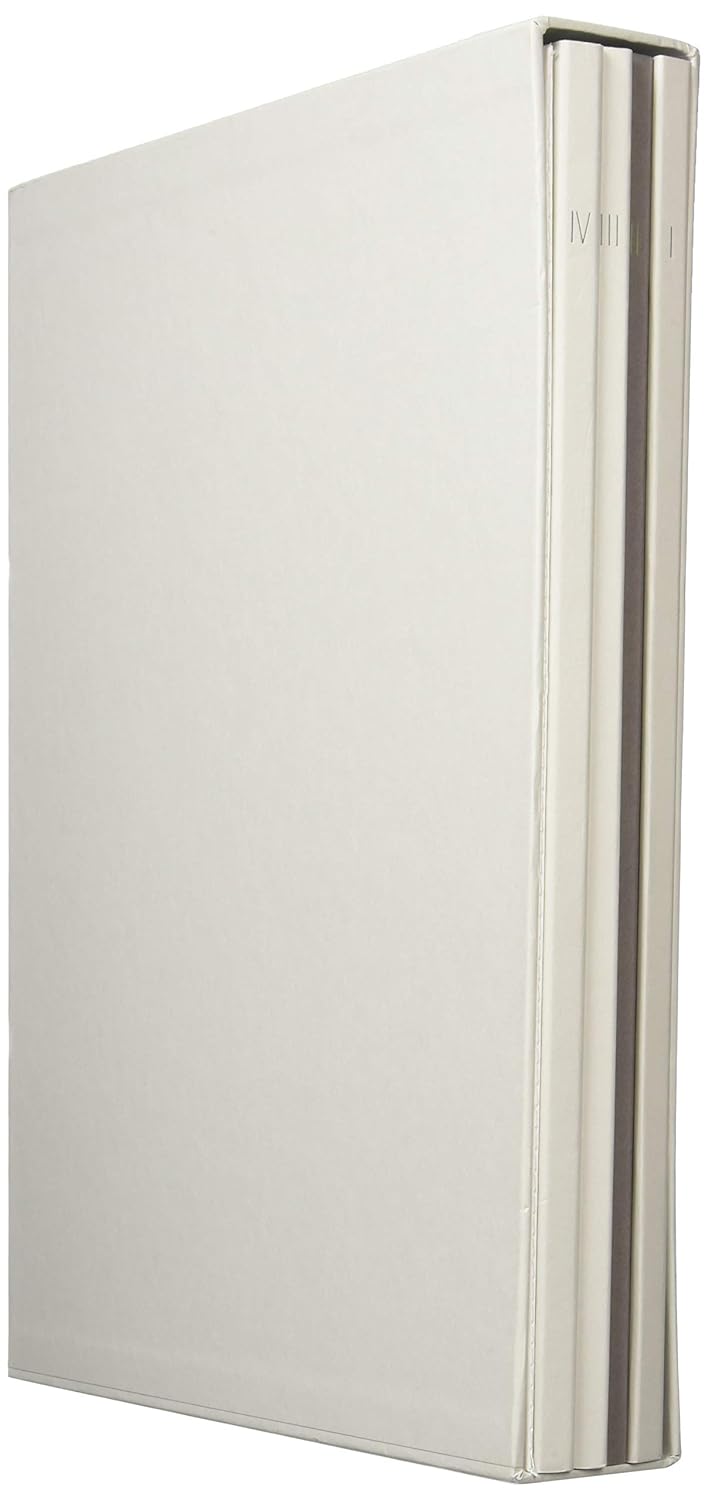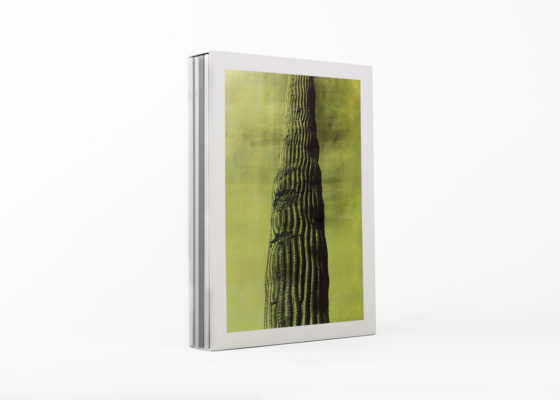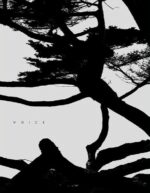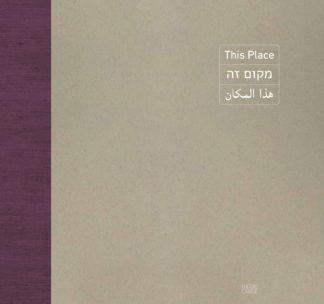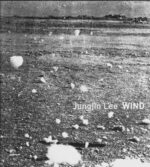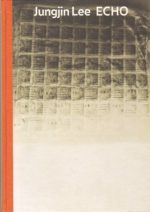Robert Frank once described the fragmentary, poetic images of New York–based photographer Jungjin Lee (born 1961) as “landscapes without the human beast. »
1ère édition limitée à 2 000 exemplaires.
Desert comprend quatre séries d’œuvres (chacune reliée dans un livre séparé et présentée dans un étui unique), qui contiennent toutes des images monochromes de terres arides. La stratigraphie gravée dans les parois rocheuses, les pierres massives, les précipices ressemblant à des grottes et la faune anthropomorphe présentent un vaste recueil des nombreux visages et textures du désert.
Chaque image se concentre sur les qualités formelles du paysage, évitant la présence humaine, évoquant simultanément la photographie de la fin du XIXe siècle, tout en incarnant la modernité austère de l’objectif de Lee. Certaines images provoquent un sentiment d’infini dans leur immensité, tandis que d’autres se fixent sur des traits particuliers, passant habilement du macro au micro.
1ste edition limited on 2 000 copies.
“And now, over twenty years later,” Jungjin Lee notes, “when I examine these works, I encounter the same experiences and energy I had felt then and there. Transcending time and space, everything is still, my mind is perfectly quiet, and I know I face ‘eternity and the absolute.’” In this body of work produced over five years in the early 1990s, Lee captures the vast American Southwest and transforms it with liquid light and diluted light-sensitive emulsions to create images that are as uncontrollable and natural as the landscape she depicts. Desert comprises four series of works (each bound as a separate book and presented in a unique slipcase), all of which contain monochromatic images of arid lands. Stratigraphy etched into rock faces, massive stones, cave-like precipices, and anthropomorphic fauna showcase an extensive compendium of the desert’s many faces and textures. Each image focuses on the landscape’s formal qualities, eschewing human presence, simultaneously evoking late 19th-century photography, while epitomizing the stark modernity of Lee’s lens. Certain images provoke a sense of the infinite in their vastness, while others fix upon particular features, deftly transitioning from the macro to the micro.
Desert comprises four series of works (each bound as a separate book and presented in a unique slipcase), all of which contain monochromatic images of arid lands. Stratigraphy etched into rock faces, massive stones, cave-like precipices, and anthropomorphic fauna showcase an extensive compendium of the desert’s many faces and textures.
Each image focuses on the landscape’s formal qualities, eschewing human presence, simultaneously evoking late 19th-century photography, while epitomizing the stark modernity of Lee’s lens. Certain images provoke a sense of the infinite in their vastness, while others fix upon particular features, deftly transitioning from the macro to the micro.


